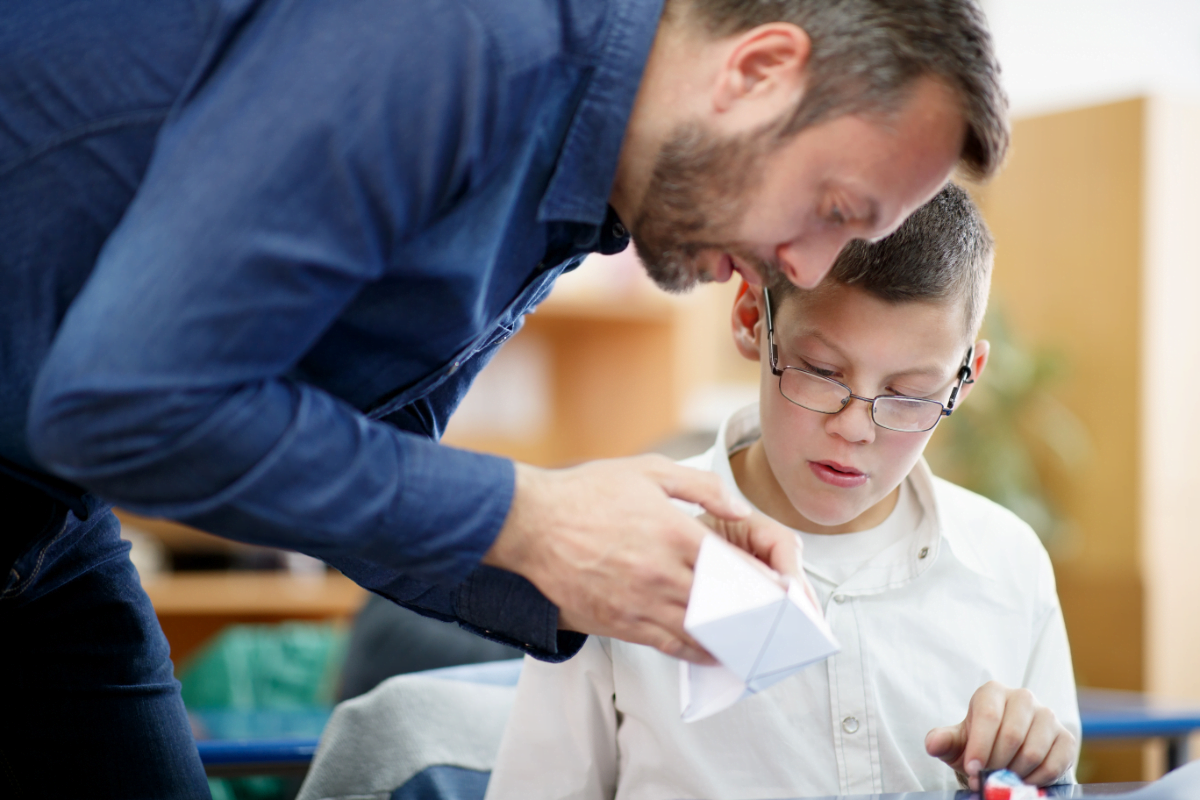Play is a crucial aspect of childhood development, especially for children with special needs. Adapted play, which involves modifying games and activities to suit individual needs, is a powerful tool for promoting motor development in these children. In this article, we’ll explore the importance of adapted play and provide practical tips and ideas for promoting motor skills in a fun and engaging way.
Understanding Motor Development in Children with Special Needs
Before diving into adapted play strategies, it’s essential to understand the unique motor development challenges faced by children with special needs. These challenges can vary depending on the individual’s condition, but common issues include delays in gross and fine motor skills, coordination difficulties, and muscle weakness.
The Benefits of Adapted Play
Adapted play offers numerous benefits for children with special needs, including:
- Improved Motor Skills: Adapted activities can target specific motor skills, helping children develop strength, coordination, and balance.
- Increased Confidence: Success in adapted play activities can boost children’s confidence and self-esteem, motivating them to further engage in physical activities.
- Social Interaction: Adapted play provides opportunities for social interaction and teamwork, promoting communication and social skills development.
- Fun and Enjoyment: Most importantly, adapted play makes learning fun and enjoyable, encouraging children to participate and explore their physical abilities.
Practical Tips for Adapted Play
Now let’s dive into some practical tips for promoting motor development through adapted play:
- Modify Equipment: Adapt traditional playground equipment by adding grips, straps, or stabilizers to accommodate children with mobility issues.
- Use Adaptive Toys: Invest in toys specifically designed for children with special needs, such as large foam blocks, textured balls, or sensory tunnels.
- Incorporate Music and Dance: Encourage movement and coordination through music and dance activities. Use scarves, ribbons, or musical instruments to make it more engaging.
- Create Sensory Paths: Set up sensory paths with various textures and surfaces to stimulate balance and proprioception.
- Play Games with Rules: Teach turn-taking, following instructions, and spatial awareness through adapted games like modified tag, Simon Says, or obstacle courses.
Step-by-Step Guide: Building an Adaptive Obstacle Course
Let’s create an adaptive obstacle course using household items:
- Gather Materials: Collect items like cushions, pillows, hula hoops, cones, and ropes.
- Design the Course: Lay out the materials to create a course with challenges like crawling under, jumping over, or balancing on different obstacles.
- Modify for Accessibility: Ensure the course is accessible by adding ramps, handrails, or alternative routes for children with mobility issues.
- Add Sensory Elements: Incorporate sensory elements like textured mats or auditory cues to make the course more engaging.
- Guide and Encourage: Provide guidance and encouragement as children navigate the course, praising their efforts and celebrating their achievements.
Adapted Play Activities for Different Developmental Stages:
It’s important to tailor adapted play activities to the developmental stage of each child. Here are some ideas for adapted play activities based on different developmental milestones:
- Infants (0-12 months):
- Tummy time: Encourage infants to spend time on their stomachs to develop neck and upper body strength.
- Sensory play: Provide toys with different textures, colors, and sounds to stimulate sensory exploration.
- Gentle movement: Gently move and stretch the baby’s limbs to promote flexibility and body awareness.
- Toddlers (1-3 years):
- Crawling tunnels: Create tunnels using cushions or blankets to encourage crawling and exploration.
- Ball play: Roll or throw soft balls back and forth to develop hand-eye coordination and gross motor skills.
- Dancing games: Play music and encourage toddlers to dance, jump, and move their bodies to the beat.
- Preschoolers (3-5 years):
- Obstacle courses: Set up simple obstacle courses with cones, hoops, and balance beams to challenge agility and balance.
- Outdoor play: Take children to the park or playground to climb, swing, and slide, promoting overall physical development.
- Cooperative games: Play games that require teamwork and communication, such as relay races or group parachute games.
- School-age Children (6-12 years):
- Sports activities: Introduce children to sports like soccer, basketball, or swimming to improve coordination and endurance.
- Bike riding: Teach children how to ride a bike, emphasizing balance and spatial awareness.
- Creative movement: Encourage children to invent their own dance routines or yoga poses to express themselves creatively.
Conclusion
Adapted play is not only beneficial for children with special needs but for all children. By making playtime inclusive and accessible, we can create environments where every child can thrive and reach their full potential.
Remember, the goal of adapted play is not just to develop motor skills but also to foster social interaction, creativity, and self-confidence. So let’s embrace the power of play and continue to explore new ways to make learning fun and engaging for all children, regardless of their abilities. Together, we can build a more inclusive world where every child has the opportunity to play, learn, and grow.


